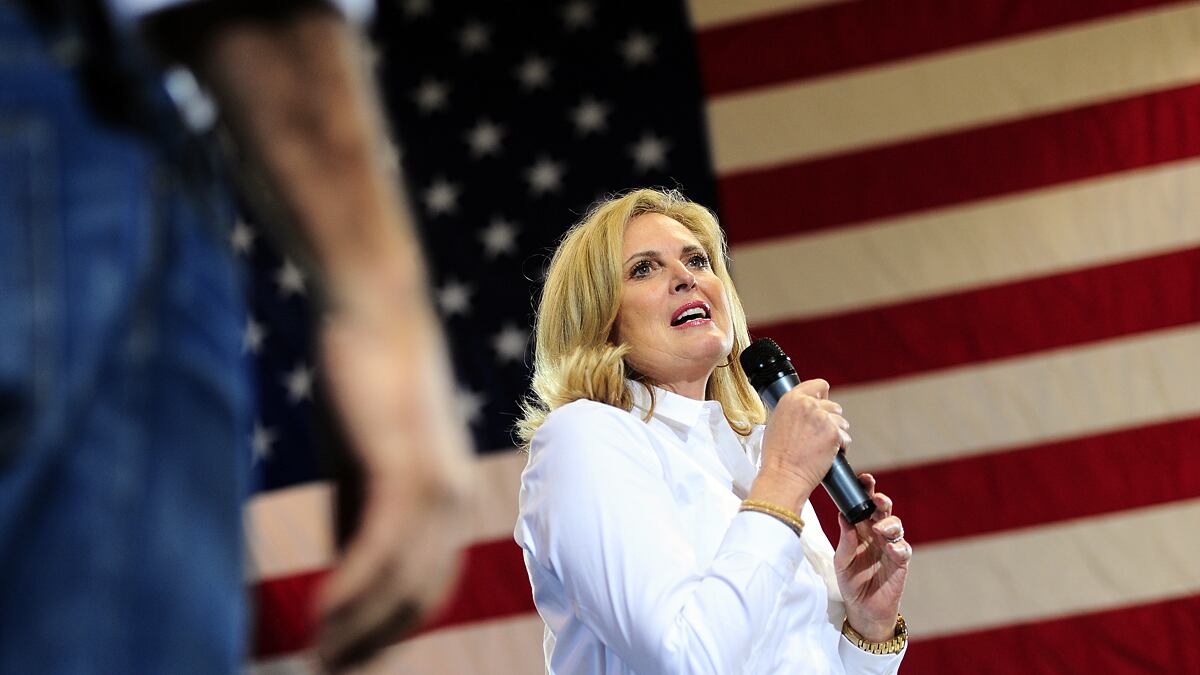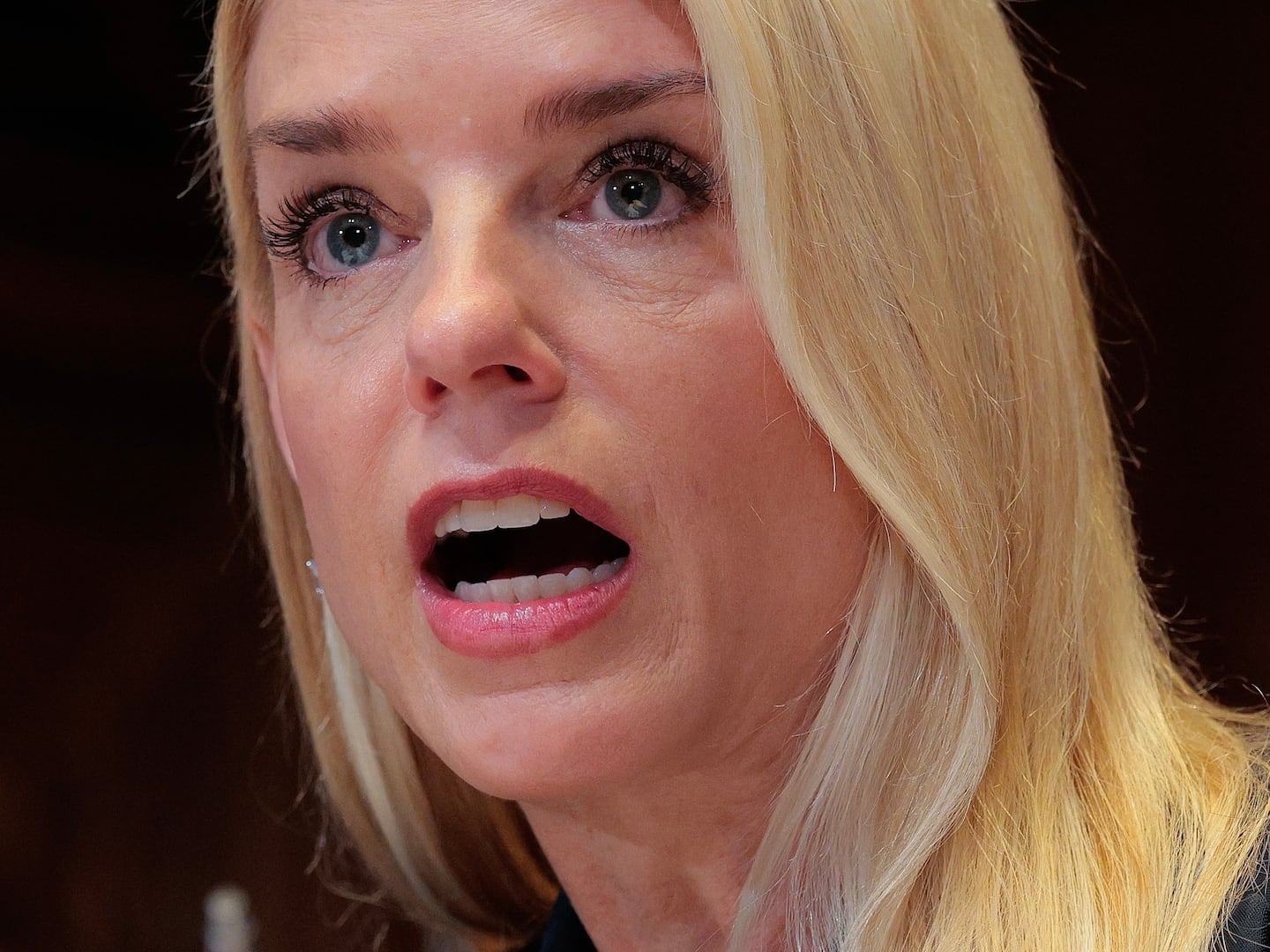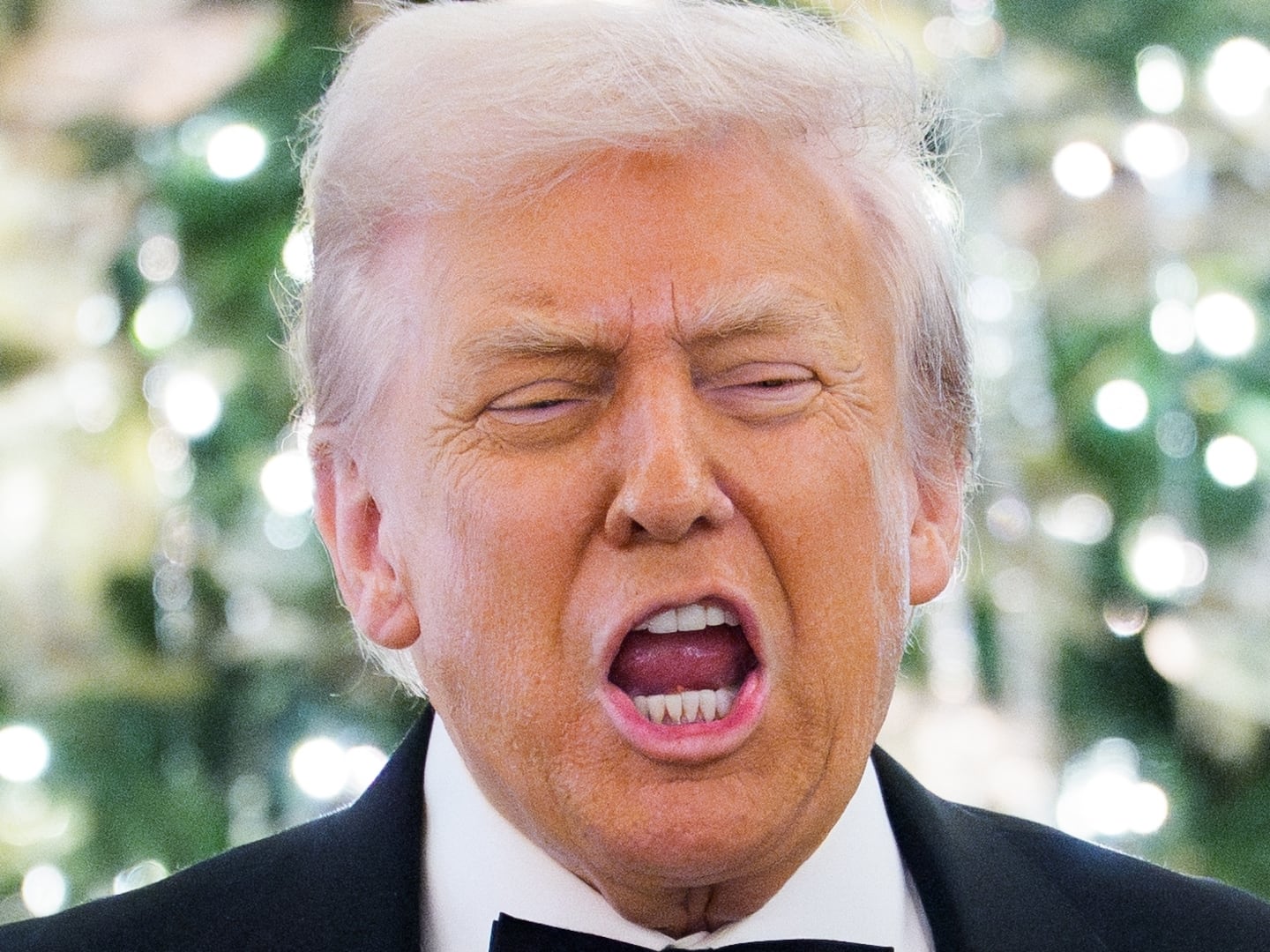“Two for the price of one.” That was Bill Clinton’s half-joking offer of Hillary as a potential co-president in the 1992 campaign. Only America was not laughing. Hillary Clinton was the most polarizing of the would-be first ladies in recent history. (But she is proof that political perceptions can change dramatically over time; Secretary of State Hillary Clinton now enjoys a 66 percent favorable rating.)

In March, first lady Michelle Obama polled more favorably than Ann Romney, though 47 percent of voters had not yet formed an opinion of the likely Republican nominee’s wife. But with this week’s debate about the role of women, Ann Romney’s awareness and favorable ratings likely went through the roof.
But does it matter? What part do spouses play in presidential elections?
Well, the answer depends on the candidate, the spouse, and the role she (or maybe one day, he) assumes in the campaign.
Hillary Clinton was the trailblazer. Candidates’ spouses are increasingly visible and are now significant surrogates on the campaign trail. Analysis of the last five presidential elections recently published by the Center for the Study of the Presidency offers interesting findings on public perceptions and the spouse’s appeal.
In looking at an aggregate of polls during presidential campaign years between 1992 and 2008, Barbara Bush had the highest favorable rating of 76, even across party lines. Assuming the more traditional supportive spouse role, Barbara Bush was more popular than her husband at the end of his term, especially among older, female, and better-educated Americans.
However, her presence on the trail was not enough to win reelection for President George H.W. Bush in 1992.
Hillary Clinton’s favorables in 1992 were half those of Barbara Bush; her unfavorables, double. Not that surprising since she challenged expectations, seeking a more active policy role as first-lady-to-be. More polls were fielded and questions went beyond likability to acceptance of Hillary Clinton as co-president. And in the first half of 1996, her unfavorable ratings went above her favorables, a first in recent history, with polls focusing on the Whitewater scandal and her influence on President Bill Clinton’s decision making.
Regardless of her ratings, her husband won election and reelection.
The candidate’s wife with the second-highest popularity was Laura Bush, with both high favorables and low unfavorable ratings. With her return to the more traditional first-lady model, she was actually still fairly unknown in the 2000 election; 56 percent did not express an opinion of her when polled. That soon changed. In 2004, Laura Bush was more popular than her husband and many in his administration. A prominent feature of his campaigns, with Laura Bush as the spokesperson, was an effort dubbed “W Is for Women.” And among first-lady candidates in the last 20 years, her support was the least divided by ideology or age—or gender.
Her husband won the majority of married women’s votes in both elections. And with his wife’s help, nearly 7 million more women voted for George W. Bush in 2004 than in 2000.
In the 2008 presidential election, Michelle Obama and Cindy McCain shared similar ratings. Their favorables were 44 and 40, respectively, but their unfavorable ratings were fairly high at 24 and 21, behind only Hillary Clinton and Teresa Heinz Kerry, with the remainder undecided. Of the five elections, the partisan divide was most pronounced in public opinions of Michelle Obama and Cindy McCain, both of whom tried to blend the traditional spouse role with policy issues during the campaign.
Though Cindy McCain’s husband won more married women’s votes, Michelle Obama’s husband won single women decisively, and her favorables now exceed President Obama’s.
If we predicted elections only on the popularity of the candidate’s spouse, history would be rewritten. Elizabeth Dole and Tipper Gore would both have been married to former presidents; they were both well-liked.
Today, party identification remains the most significant predictor of public support for the candidates’ better halves. It is true, when voters rate the candidate’s spouse favorably, they are more likely to evaluate the candidate favorably. And the role the spouse chooses to play can impact favorability. But that is not a guarantee of victory for the candidate.
Ultimately, when people pick a president, they are voting on a broad constellation of issues, attributes, and characteristics. A candidate’s spouse and the role played is important, but just a small part of the equation.
On the other hand, in these days of elections decided by just 500 votes, a small part can make a big difference.






